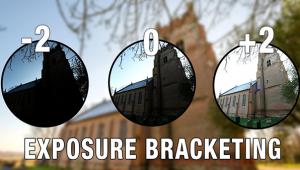End of an Era—Part XII
It's difficult not to become nostalgic at such news. But I have witnessed the loss of other printing papers in the past that were perhaps even more painful, including Kodak's Medalist, G surface Kodabromide, Agfa's Portriga (old vintage) and earlier manifestations of Ilford Galerie. This may seem odd to those not yet born when these papers were king, or to those unaware of the fine distinctions in these brands, but these papers all had a character that, when combined with certain developers and techniques, made prints "sing" in a very personal way. While the content of the image was and is of paramount importance, printmakers came to a very unique style and form of expression partly through an identification with, and mastery of certain printing papers.
Of course, the Kodak news is balanced in good part by the reemergence of Ilford and its fine line of printing papers, reports of which we have covered in Shutterbug. And there are a good number of "boutique" paper companies still producing excellent silver papers. (See the latest edition of our Buyers Guide, available on newsstands this fall, for a complete listing.) But seeing an entire lineup of silver printing papers disappear is just more news that reminds us how quickly the photographic landscape is changing.
Kodak now sees the world in terms of inkjet, dye sublimation and their color papers, which they continue to produce. They do recognize that some schools, unable to afford the transition to digital printing, still offer black and white printing as part of their photographic educational package. Indeed, we know of a number of major universities that have made the switch, even those well funded enough to maintain their darkrooms. But they are apparently willing to cede the black and white paper market to others, saying that "newer technologies" will be the way for those wishing to express themselves in the monochrome medium.
What are your thoughts on this announcement? To comment, please log onto our Forums page in the Shutterbug web site (www.shutterbug.com) and post your comments in the Printing Forum under the Silver Halide Printing section.
- Log in or register to post comments












































